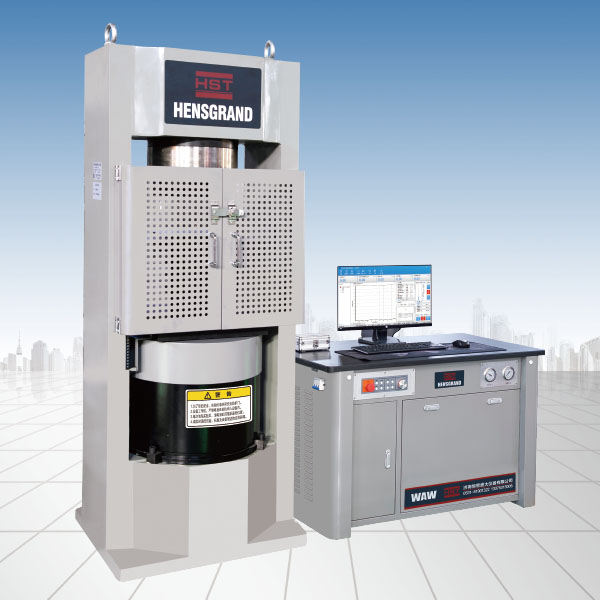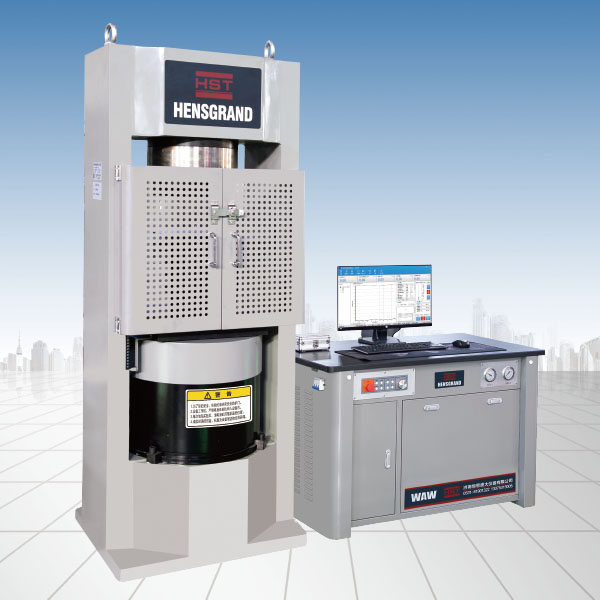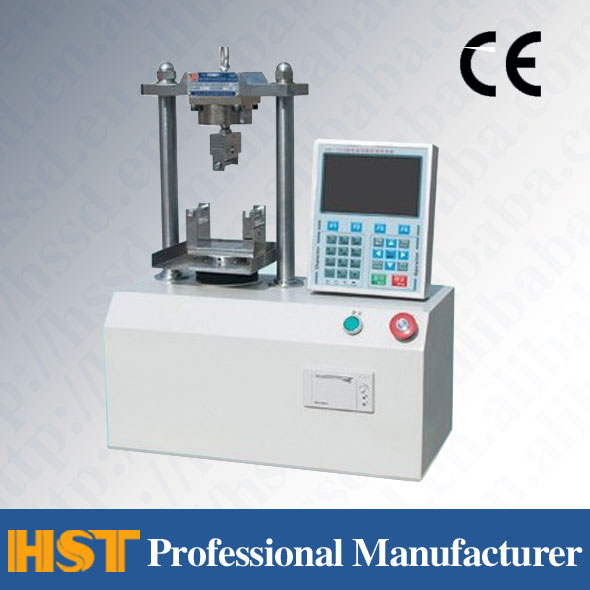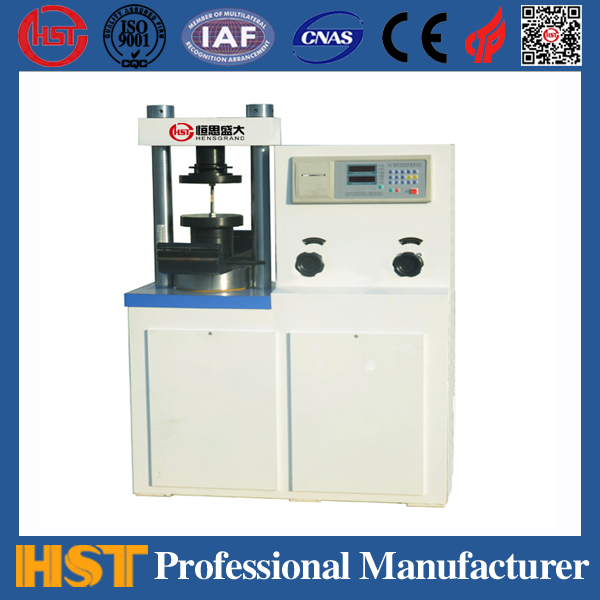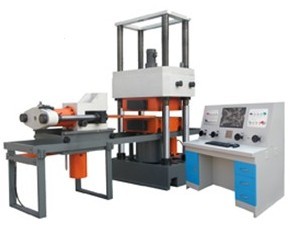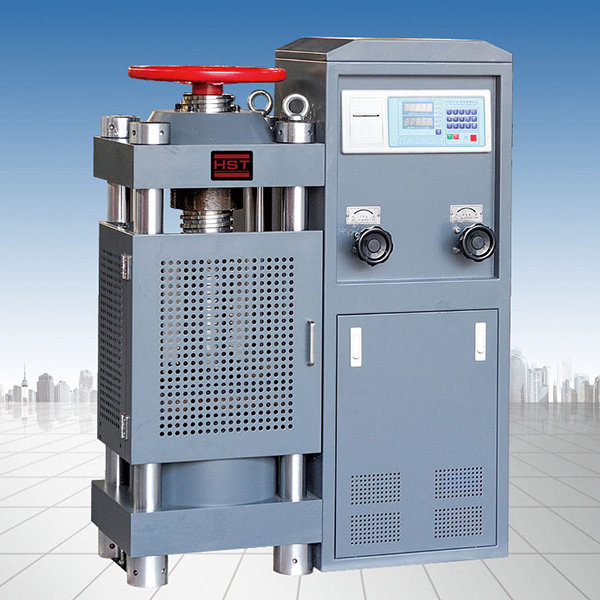Company News
Detection of tensile properties of rubber and plastics
Release time:2018-11-23 source:Jinan Hengsi Shanda Instrument Co., Ltd. Browse:
The tensile properties of rubber and plastics are one of the important and basic properties of their mechanical properties, which largely determines the use of this type of plastic and rubber. The quality of tensile properties can be detected through tensile tests.
1. Tensile test
Tensile test (stress-strain test) generally involves clamping the two ends of the material sample on two fixtures at a certain distance, and the two fixtures separate and tensile the sample at a certain speed to measure the stress changes on the sample until the sample is damaged.
Tensile test is one of the widely used methods to study the mechanical strength of materials, and an electronic tensile test machine with constant speed motion is required. According to the different load measurement methods, tensile testing machines can be roughly divided into two categories: pendulum tensile testing machines and electronic tensile testing machines. Currently, the electronic tensile testing machines are used more frequently.
2. Tensile properties of polymers
When used as a material, polymers are required to have the necessary mechanical properties. It can be said that for most applications of polymers, mechanical properties are more important than other physical properties.
Polymer polymers have mechanical properties with a wide range of variability in all known materials, because polymers are composed of long chain molecules and molecular movements have obvious relaxation properties. For example, polymer materials have a very high elongation, and the elongation of breakage of PE is generally between 90% and 950% (of which linear low-density polyethylene LLDPE is relatively high). Through special production processes, the elongation of some materials can be above 1000%, while the elongation of breakage of ordinary polymer materials is usually between 50% and 100%. Usually, heat shrink films and stretch films require high tensile properties of materials.
3. ElectronicsTension testerSelect metrics
Since the flexible packaging materials are mainly polymers or related materials, as mentioned above, the elongation of polymer materials is much better than that of metals, fibers, wood, boards and other materials, the tensile machine for detecting polymer polymers is different from the tensile performance detection tensile machine of the usual material. It is especially important to pay attention to the effective stroke of the electronic tensile machine and the sample fixture.
It should be noted that in the calculation of elongation, we only collect the elongation between the two markers on the sample. The markings are drawn on the prepared specimen through printing or manual methods (the addition of markings should have no effect on the specimen), and what is the distance between the markings? Most of the distance given by different standards have certain differences, and different sample sizes are often given for different materials in the same standard, so the distance between the markings is also different. However, this is conducive to detecting materials with very large or very small elongation and obtaining accurate test results. For plastic films, the distance between the markings is usually between 25 and 50 mm.
- Previous article:Detailed description of the impact test process
- Next article:Electrical giants cheat and monopoly to become market fined
Recommended productsPRODUCTS


















